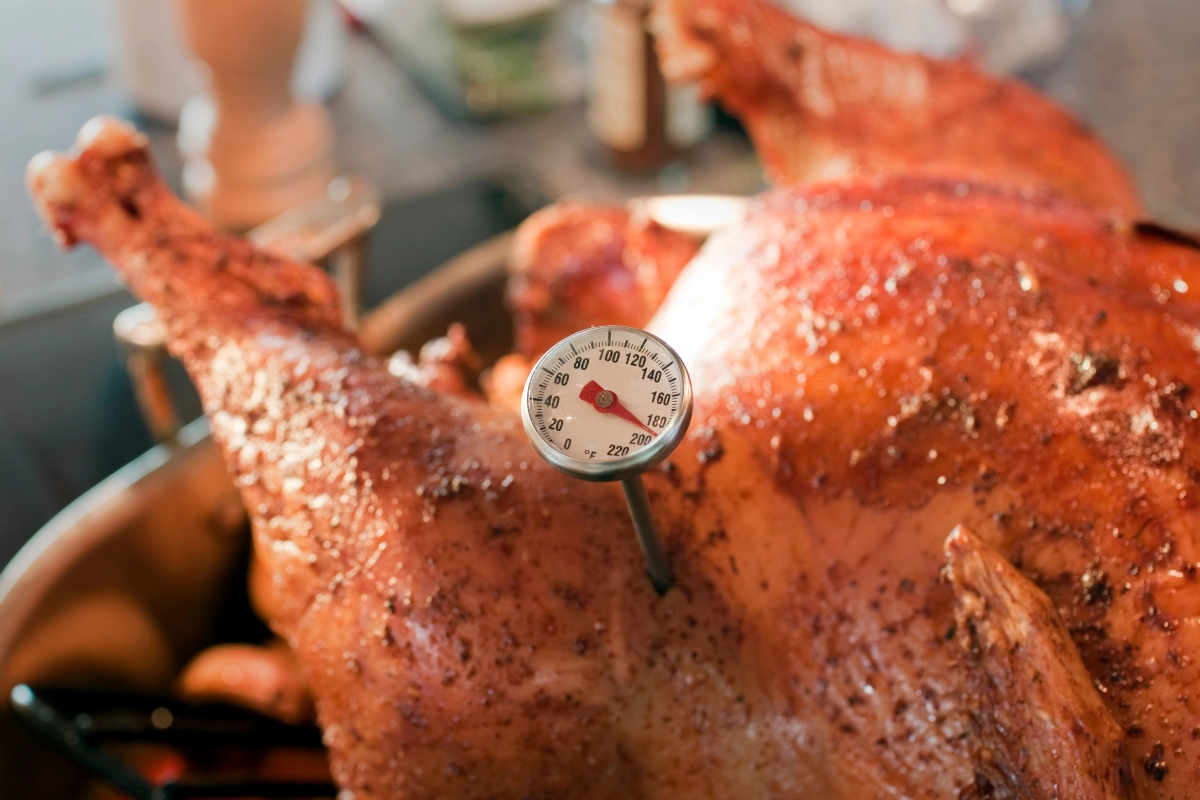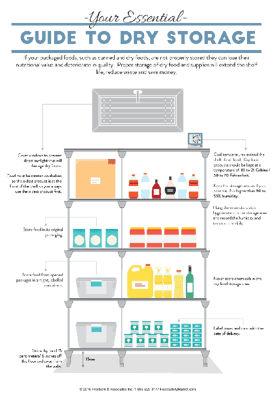
Guidelines for Dry Food Storage

One of the first lines of defense in the fight against foodborne illness is your establishment’s storage facilities. Dry food storage is where shelf-stable foods will be stored until they’re ready to be prepared and served to your customers.
Proper Dry Food Storage Guidelines for Foodservice Businesses
Having improper storage practices can lead to decreased quality of food, and sometimes even leading to the growth of foodborne bacteria. It’s extremely important that foodservice professionals enforce proper food storage procedures and guidelines at all times in order to avoid spoiled and degraded dry food items.
Proper storage conditions will extend the shelf life of food items
Storing your dry food in the wrong conditions can quickly degrade its quality and nutritional value, leaving you with degraded food that isn’t fit to be served to your customers, costing your establishment money. These losses can be easily avoided by storing dry goods in the proper environment. Your dry storage areas should be free of sunlight, with minimal humidity, and at consistently cool temperatures.
Windows and other openings should be covered to prevent sunlight from damaging food items over time, and thermometers should be placed in every storage area to help your employees record humidity levels and temperatures on a regular basis. The humidity in your dry storage should be no higher than between 50-55% humidity in order to keep food quality high for as long as possible. The ideal temperature for dry storage areas is between 10°C (50°F) and 21°C (70°F) - keeping food items in this range and following other guidelines will ensure that the shelf life of dry food items is extended for as long as possible.
Keep it as organized as possible
Your food storage areas need to be treated much like the rest of your establishment in terms of cleanliness and organization. Food should be very easily found and accessible to all staff, especially in times of high customer volume. All boxes and cans should be labelled properly with a description of the contents within, date of delivery, and expiry dates to make for easier product rotation. Older items should always be clearly labelled and located in front of newer products, ensuring your staff to take them from the shelf first. This will help make sure that food is prepared before it expires, keeping waste to a minimum and saving your business money.
Other important rules to remember for dry food storage
Following these guidelines and practices will ensure that your dry food items are kept fresh and will extend their shelf life. Remember these other rules to help maintain food freshness and quality :
- keep food items at least 15 centimetres (6 inches) off the floor
- shelves should be kept away from the walls to allow for ventilation
- clean regularly to avoid attracting pests
- store food in its original packaging as much as possible
- food from open packages should be stored in airtight containers with clear labels that indicate what the food item is, when it was transferred from its original container, and any relevant dates
- make storage and organization as easy as possible for employees.
For more information about food safety training, resources, and infographics offered by our team of food safety experts, contact FoodSafetyMarket today by email at service@foodsafetymarket.com, or by phone at 1-888-829-3177.

